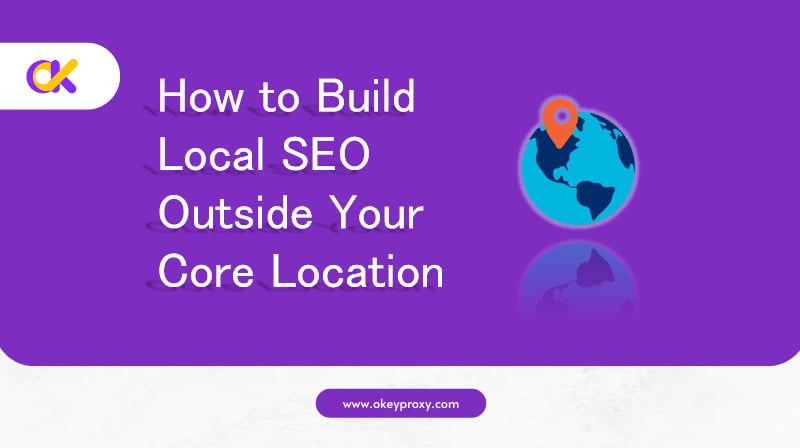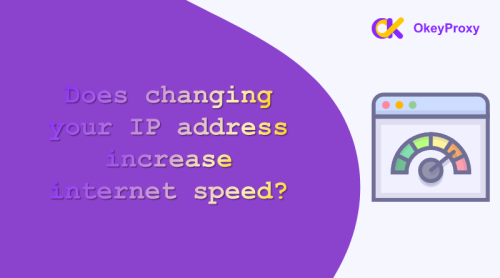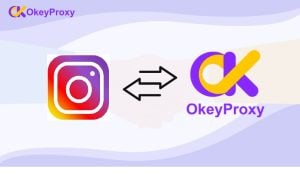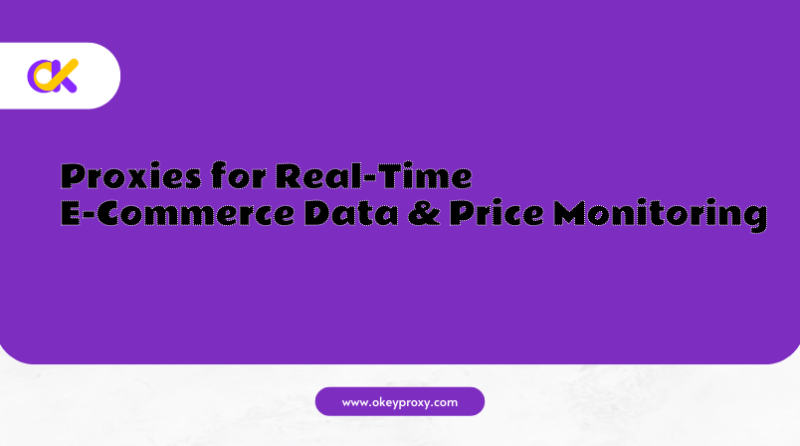Espandere la vostra strategia SEO locale al di là della vostra sede principale è un modo efficace per attingere a nuovi mercati e far crescere la vostra attività. Ottimizzando efficacemente la vostra presenza online per più aree geografiche, potete attirare un maggior numero di clienti locali e migliorare la visibilità del vostro marchio nelle regioni al di fuori delle vostre immediate vicinanze. Questa guida completa vi illustrerà tutto ciò che c'è da sapere sulla creazione di SEO locale al di fuori della vostra sede principale, con particolare attenzione alla pianificazione strategica, alla creazione di contenuti e all'uso di proxy per ottenere risultati migliori.
Capire la SEO locale
Che cos'è la SEO locale?
Local SEO (Search Engine Optimization) is the process of optimizing your online presence to attract more business from relevant local searches. It involves a combination of techniques to ensure that your business appears prominently in search results when users in a specific location are looking for products or services like yours.
Elementi chiave della SEO locale
The core components of local SEO include:
- Google My Business (GMB)
- Local Citations
- Localized Content
- Online Reviews
- Localized Link Building
Perché espandere la SEO locale oltre la vostra sede principale?
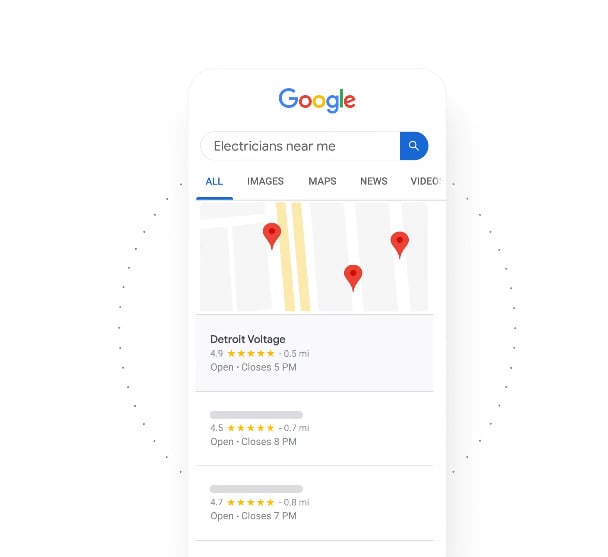
Expanding local SEO beyond a core location can provide numerous benefits for businesses looking to grow their reach and attract more customers.
-
Attingere a nuovi mercati
Expanding local SEO efforts allows businesses to tap into new markets, attracting customers from nearby cities, towns, or even across state lines.
-
Ridurre la dipendenza da un'unica sede
By spreading efforts across multiple locations, businesses can reduce the risk of relying too heavily on a single market, making their overall strategy more resilient.
-
Rimanere al passo con i concorrenti
Competitors may be focusing solely on their core locations, leaving opportunities in nearby areas. Expanding your SEO efforts allows you to stay ahead of the competition by establishing a presence in these less saturated markets.
Come costruire la SEO locale al di fuori della vostra sede principale
Fase 1: identificare le aree target
-
Ricerca di mercato
Start by conducting market research to identify potential target areas. Consider factors such as population size, demand for your services, and the level of competition.
-
Analisi dei dati dei clienti
Analyze customer data to determine where existing customers are coming from. This can provide insights into neighboring areas with strong potential.
Fase 2: Analisi della concorrenza
-
Valutare la presenza dei concorrenti
Evaluate the presence of competitors in the target areas. Identify any gaps in their strategies that you can exploit to gain a competitive edge.
-
Utilizing Proxy for Local Competitor Research
Using proxies, businesses can simulate searches from specific locations, allowing them to gather accurate data on how competitors perform in those areas.
Fase 3: Ottimizzazione di Google My Business (GMB)
-
Creazione di elenchi GMB multipli
If your business has physical locations in multiple areas, create a separate GMB listing for each one. Ensure that the NAP (Name, Address, Phone number) information is consistent across all listings.
-
Impostazione degli elenchi delle aree di servizio (SAB)
For businesses that do not have a physical presence in every target area, use GMB’s Service Area feature to define the regions you serve. Proxies can be useful in managing and verifying these listings from different locations.
Fase 4: Creazione di contenuti localizzati
-
Sviluppare pagine di destinazione localizzate
Create landing pages tailored to each target area. Incorporate location-specific keywords, services, and contact information to improve relevance and search rankings.
-
Scrivere contenuti blog geo-targettizzati
Publish blog posts that address the unique needs and interests of customers in each target area. This could include local news, events, or community involvement.
-
Ottimizzazione dei meta tag e delle intestazioni
Ensure that meta descriptions, titles, and headers are customized for each location. Proxies can help in testing how these elements appear in search results across different regions.
Fase 5: Creare citazioni locali
-
Inserzione negli elenchi locali
Submit your business to local directories specific to each target area. Consistency in NAP information across these directories is crucial for local SEO success.
-
Sfruttare i partenariati commerciali locali
Form partnerships with local businesses in your target areas. These partnerships can lead to backlinks from local websites, boosting your search rankings.
Fase 6: Ottenere backlink locali
-
Collaborare con gli influencer locali
Partner with local influencers or bloggers to gain backlinks and exposure. These collaborations can be highly effective in reaching new audiences.
-
Sponsorizzazione di eventi locali
Sponsoring local events or community activities can result in mentions and backlinks from local news outlets and event websites, enhancing your local SEO efforts.
Passo 7: Gestire le recensioni online
-
Incoraggiare le recensioni dalle nuove sedi
Actively encourage customers in target areas to leave reviews. Positive reviews from diverse locations improve credibility and boost local search rankings.
-
Rispondere alle recensioni locali
Respond to reviews with localized content, addressing specific aspects relevant to the reviewer’s location. This personalized approach enhances customer engagement and trust.
Passo 8: sfruttare i social media
-
Gestione di campagne di social media localizzate
Use social media platforms to run campaigns targeting your new regions. Platforms like Facebook e Instagram offer geo-targeting features to reach specific audiences.
-
Impegno con le comunità locali
Join and participate in local community groups or forums. Sharing content that resonates with the local audience helps in building a strong local presence.
Fase 9: Monitoraggio e adeguamento delle strategie
-
Monitoring Performance with Analytics Tools
Use tools like Google Analytics and local SEO tracking tools to monitor the performance of your strategies in each target area. Proxies can provide a localized view of how your business appears in search results.
-
Adapting Strategies Based on Data
Regularly review performance data and adjust your strategies accordingly. If certain areas are not performing as expected, consider revising your keyword strategy, content, or local partnerships.
How to Boost Your Local SEO Strategy with Proxies
Local SEO is crucial for businesses targeting customers in specific geographic areas. But to truly optimize your strategy, especially at scale or across multiple regions, you need more than just good content and accurate listings — you need proxies. Proxies for SEO monitoring enable you to collect localized data, monitor rankings, and analyze competitors as if you’re a real user in the target location.
Integrating proxies into your local SEO strategy allows for precise and effective expansion beyond your core location. By leveraging proxies, businesses can manage multiple local SEO efforts, conduct accurate competitor analysis, and ensure localized content resonates with target audiences. This approach not only enhances visibility in new regions but also drives growth by effectively reaching new customer bases.
Localized Keyword Rank Tracking:
To accurately track how your business ranks for keywords in different cities, you need to see Google results as a local user would. Residential or mobile proxies allow you to simulate searches from specific zip codes or cities.
📍 Example: A pizza franchise uses proxies to check how well its “pizza delivery near me” keyword performs in Chicago, New York, and Miami — all from a central dashboard.
Geo-Specific Competitor Analysis:
Want to know who you’re up against in a new city? Use proxies to view the top-ranking businesses and ads in that locale, without triggering false personalization based on your real IP.
📍 Example: A plumbing service expanding to Austin uses proxies to analyze who’s dominating the local SERPs and what kind of content or backlinks they use.
Citation and Listing Monitoring:
Online directories like Yelp, Yellow Pages, and Google Business Profile show different results by location. Use proxies to scrape and monitor your business listings across cities to ensure NAP consistency (Name, Address, Phone).
📍 Example: A digital agency manages SEO for a hotel chain and uses proxies to verify listings and reviews in each city where the client operates.
Local SERP Scraping Without Getting Blocked:
Scraping Google or Bing for local results can lead to blocks or CAPTCHAs. Proxies distribute your requests across different IPs, especially when using deleghe residenziali a rotazione.
📍 Example: An SEO tool provider scrapes SERPs for hundreds of local keywords daily using rotating proxies to maintain clean data feeds.
Ads Verification and Geo Testing:
Businesses running Google Ads or Local Services Ads can use proxies to verify how their ads are displayed in different regions, or to test new creatives and extensions before launching.
📍 Example: An e-commerce brand checks if its location-based Google Ads show correctly in target cities using mobile proxies.
Localized Content Personalization::
If you run a multi-location website, proxies help QA your localized pages and ensure content is dynamically adapting based on region — from offers to contact info.
📍 Example: A healthcare provider tests if its “Find a doctor near you” feature serves the correct info for users in San Diego vs. Denver.
Ideal Assistant of Build Local SEO – OkeyProxy
As the top-notch proxy provider, OkeyProxy is supported by patented technology with more than 150 million rotating residential IPs, leading to more effective keyword targeting, better understanding of local competition and ultimately for local SEO, which improve rankings in location-based search results, enhancing the business’s visibility and relevance in the desired markets.
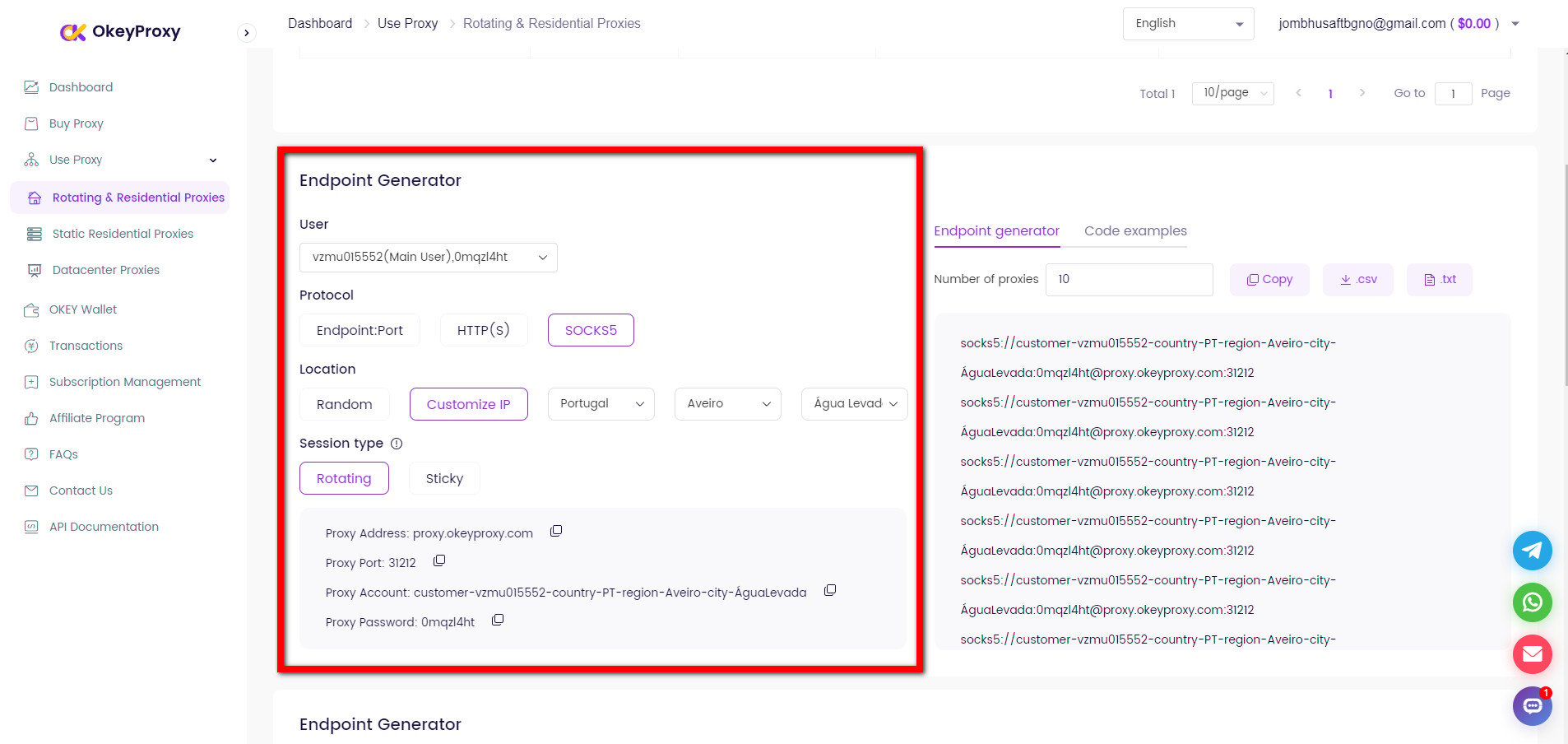
Test Excellent Proxies to Build Local SEO Outside Your Core Location Better Now!
Conclusione
Expanding your local SEO efforts beyond your core location requires a strategic approach, including identifying target areas, optimizing GMB listings, creating localized content, and leveraging local citations and backlinks. Integrating proxies into your strategy allows for accurate data collection, effective testing, and better management of your SEO efforts across multiple locations. By following these comprehensive steps, businesses can successfully build their local SEO presence outside their core location, tapping into new markets, attracting more customers, and achieving sustained growth.

